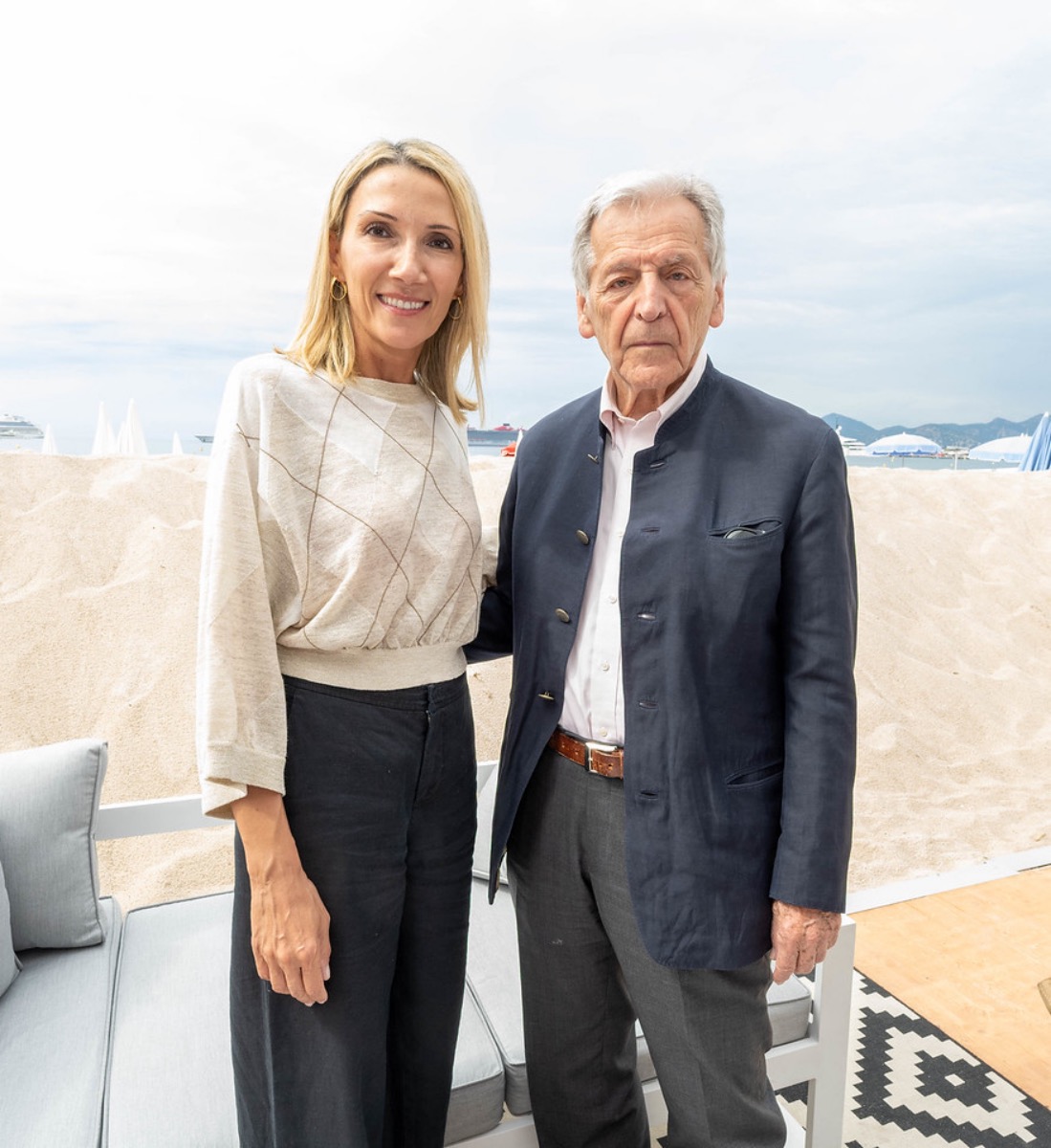
- HFPA
The HFPA Becomes a Major Supporter of Abel Gance’s “Napoleon”, 1927
The HFPA has joined Netflix and Mr. Michel Merkt to become the major sponsors of the reconstruction and restoration of Napoleon, by Abel Gance (1927). The project will enable the world to regain one of the last great large-scale productions of the silent film era and to restore a cultural masterpiece making a significant contribution to the enrichment of global film heritage.
The collaboration between the HFPA and la Cinémathèque Française will include a series of screenings, conferences, and masterclasses. The first round of events will take place in several cities around the world and the HFPA will work with La Cinémathèque Française to promote the project and raise the additional funds needed to restore the film.
‘The contribution of the HFPA is very precious because, with Netflix, it opens the doors of America to us to raise new funds and to make discover or rediscover Napoleon to the American public”, declared Costa-Gavras, President of la Cinémathèque Française.
“We are pleased to support this ambitious effort to achieve to restore one of the great masterpieces of cinema from the silent film era and salvage an iconic part of our film history,’” said HFPA President Helen Hoehne. “This effort kicks off what we hope will be an industry-wide effort to provide the funds and expertise necessary and bring back to life this landmark work.”
The epic tale of the reconstruction of the last “super-production” of the silent era
Technical innovations, including rapid editing, hand-held and horse-mounted camera shots, super-imposition and a famous final sequence featuring three split screens requiring three projectors in the cinema. Napoleon stunned the audience when it was first shown at the Opéra de Paris on 7 April 1927, under the patronage of the President of the French Republic, Gaston Doumergue, Marshal Joffre and Marshal Foch. The film received a huge acclaim worldwide. Despite this initial excitement upon its release, the epic tale of Napoleon struggled to find an audience, in part due to the end of silent era.
Repeated attempts to re-edit the film by distributors, film historians and Gance himself meant reels were scattered around the world, some lost, some damaged, others mixed up or respliced, leaving up to 22 versions in existence.
The ambition of la Cinémathèque française, since 2008, with the support of the Centre National du Cinéma et de l’Image Animée (CNC), first partner involved in this huge project, is to recreate, under the direction of Georges Mourier, the Apollo version of the film (also called “La grande version”) so that the public can see Napoleon as it has not been viewed since 1927.
Georges Mourier and his team have worked through 100 kilometres of film and have restored missing frames. The whole film will be turned into a high-definition print that promises to maintain the “soul and feel” of the celluloid original.
The French-American composer Simon Cloquet-Lafollye will set up about seven hours of symphonic music from Mozart to Penderecki repertoire. The Orchestre National de France, the Philharmonic Orchestra, the Chorus and the Maîtrise de Radio France will record the music and the sung parts and will perform it during several film-concerts.
The project will be completed by the end of the year 2023 in order to be launched in 2024, symbolically the year of the 220th anniversary of the crowning of the Emperor Napoleon 1st. The film should be re-released in cinemas and a new DVD edition, and will be probably broadcasted in episodes on international channels.
Napoleon seen by Abel Gance (1927)
A film restored by La Cinémathèque Française, under the direction of Georges Mourier, with the support of the Centre national du cinéma et de l’image animée (CNC) and the Centre National de la Musique (CNM), thanks to the major sponsorship of Netflix, the Hollywood Foreign Press Association (HFPA) and Mr Michel Merkt, in partnership with the Fondation Napoléon, Sacem, Radio France, France Télévisions and Pathé, in technical collaboration with Éclair Classics and L’Image Retrouvée. Set to music by Simon Cloquet-Lafollye with the Orchestre National de France, the Maîtrise, the Choeur and the Orchestre Philharmonique de Radio France

